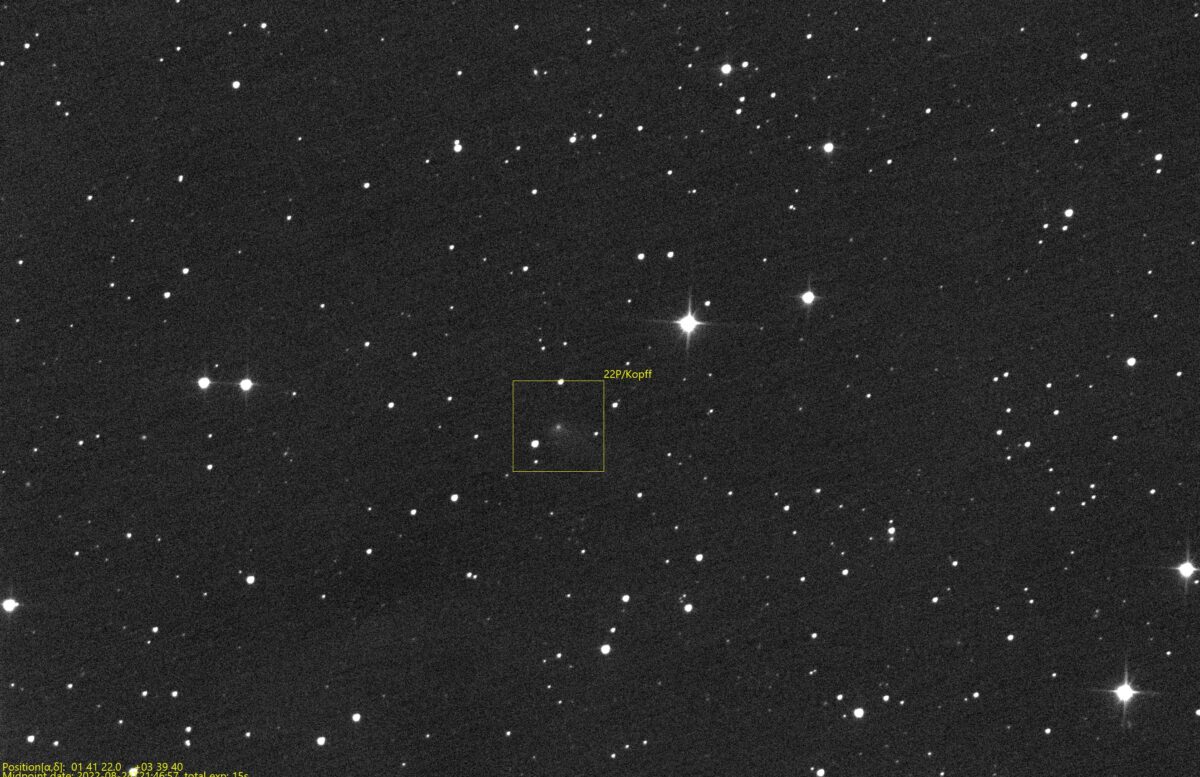Category: Astronomy
-
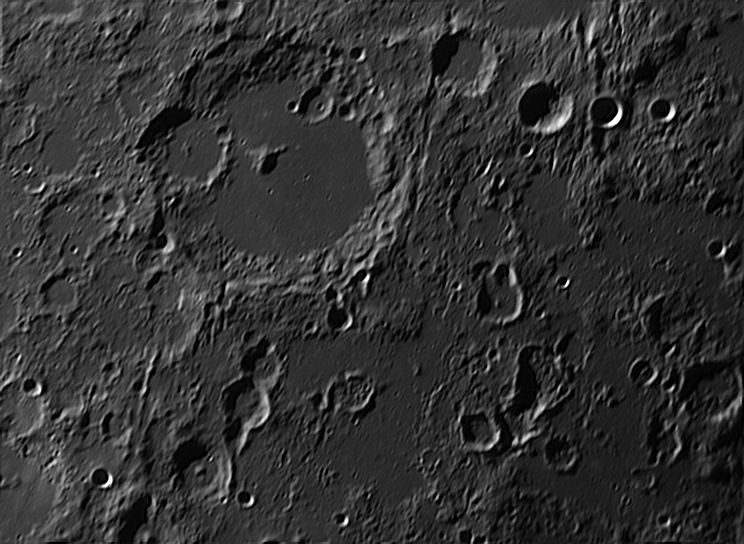
-
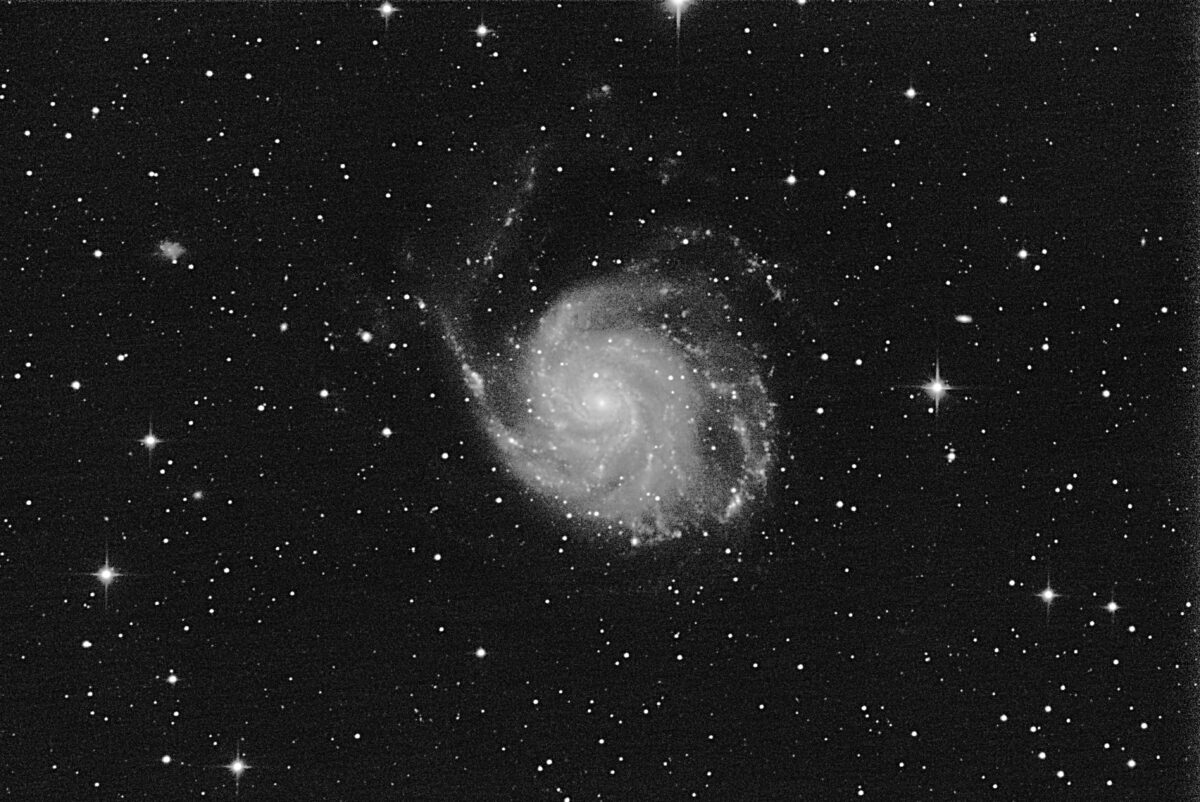
-
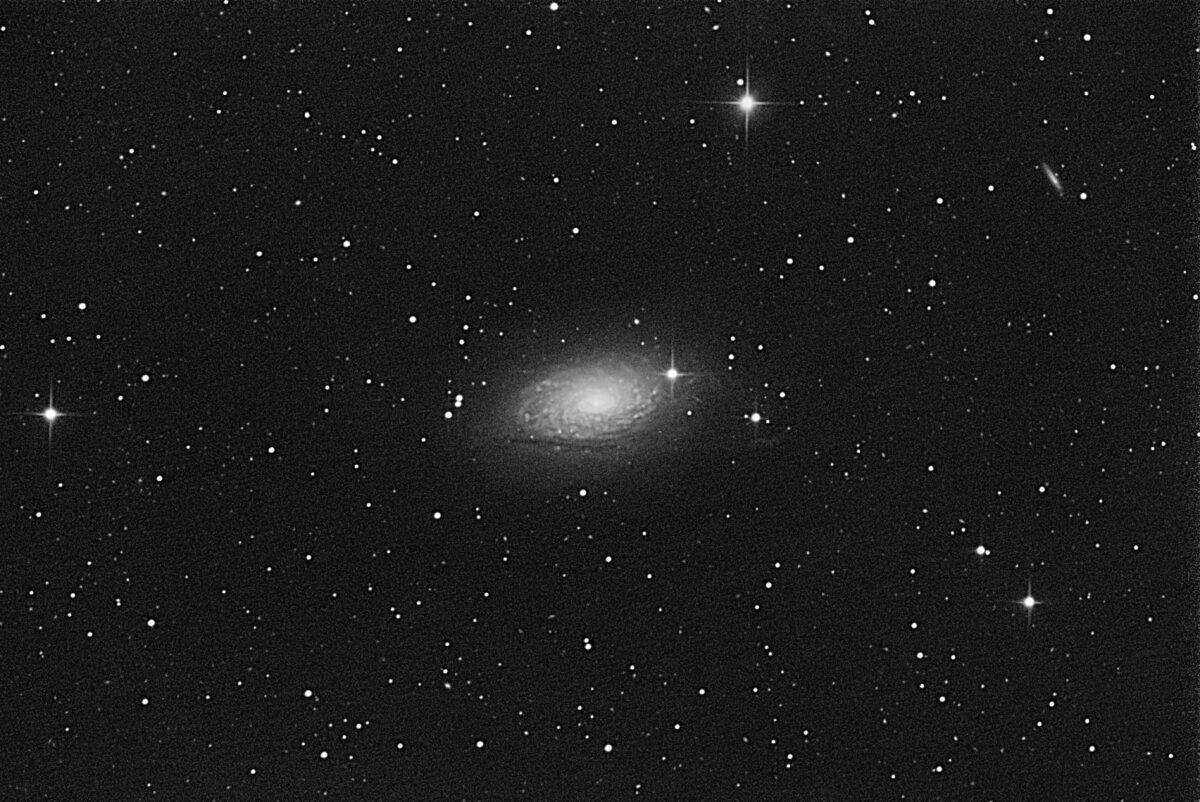
-
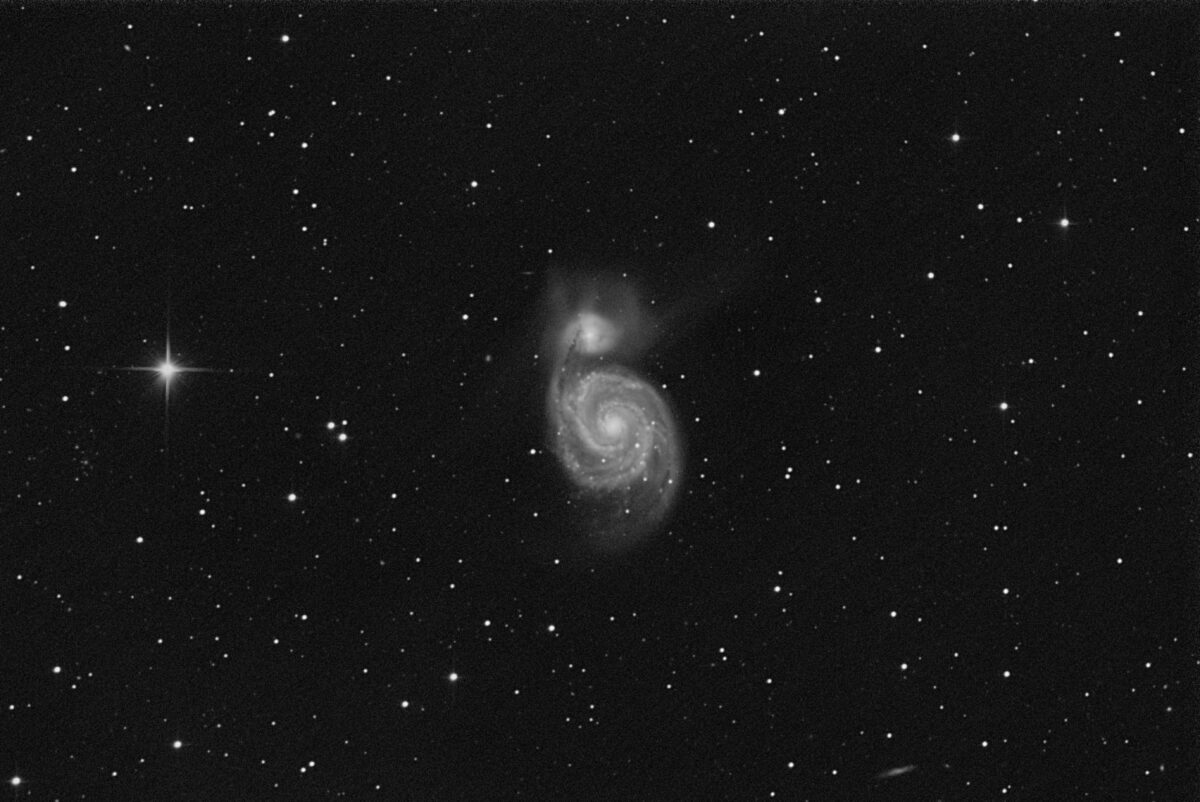
-
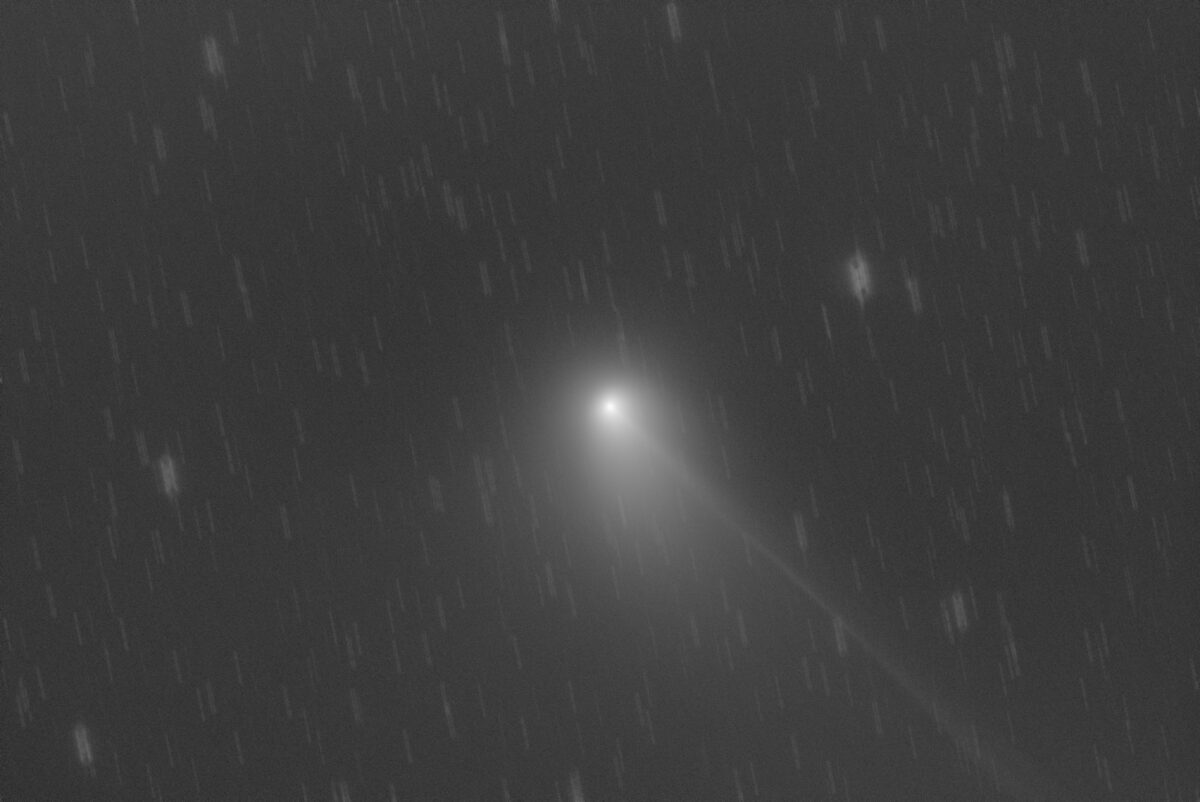
Comet C/2022 E3 (ZTF)
I observed the comet C/2022 E3 (ZTF) on the night of January 14, 2023 between 02:42:44 and 03:15:51 UT which correspond to 03:42:44 – 04:15:51 local time, two days after its perihelion and at a distance of about 100 million kilometers from Earth and a magnitude of 6.7
-
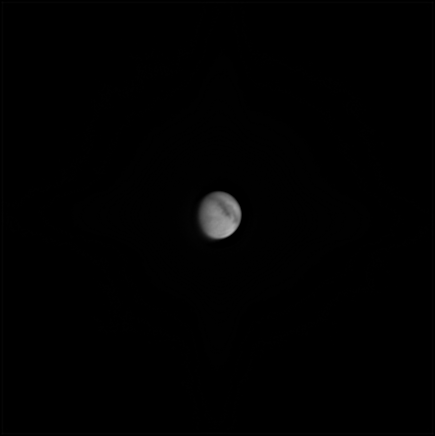
-
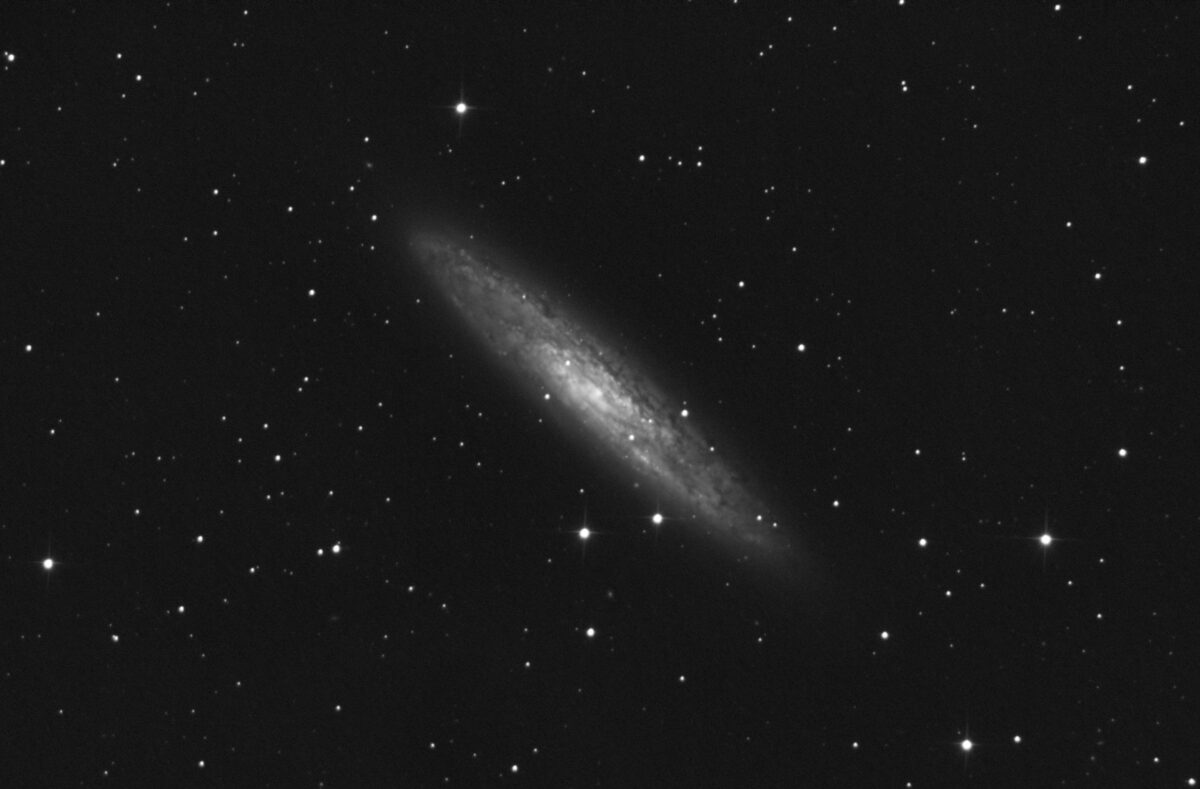
-
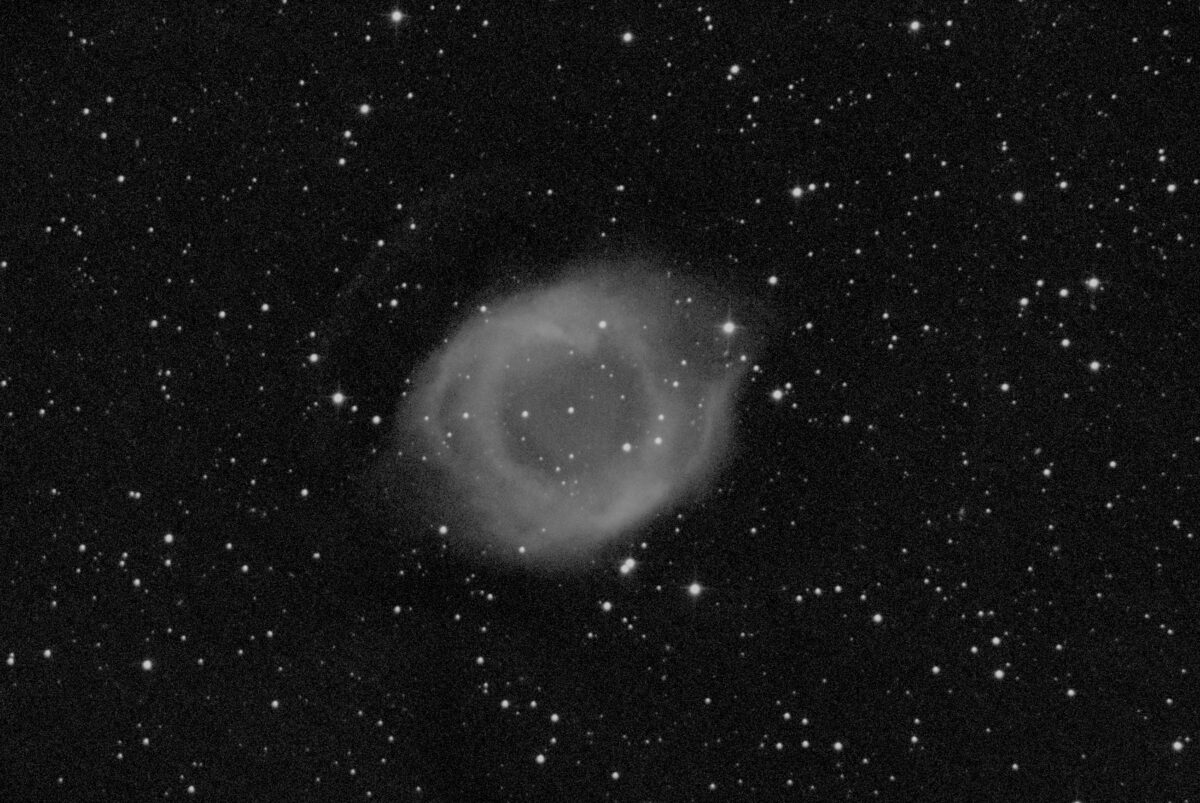
-
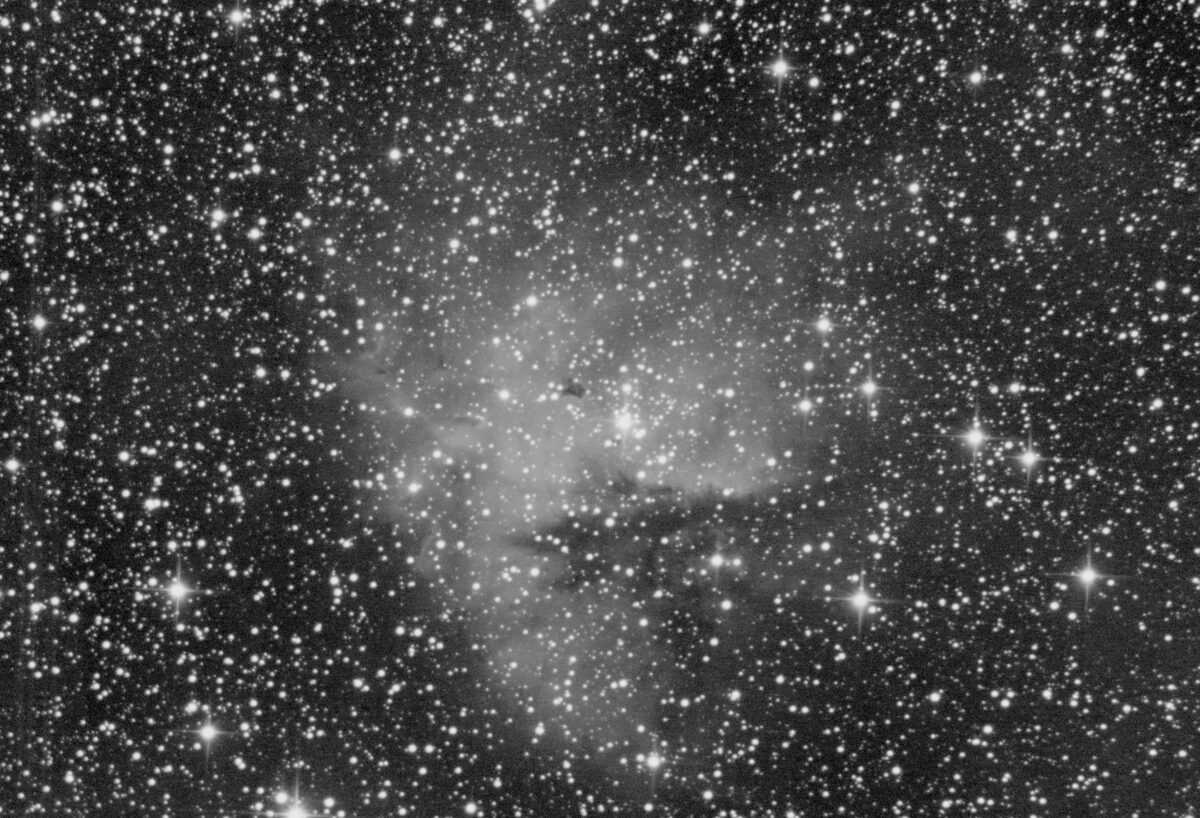
-
